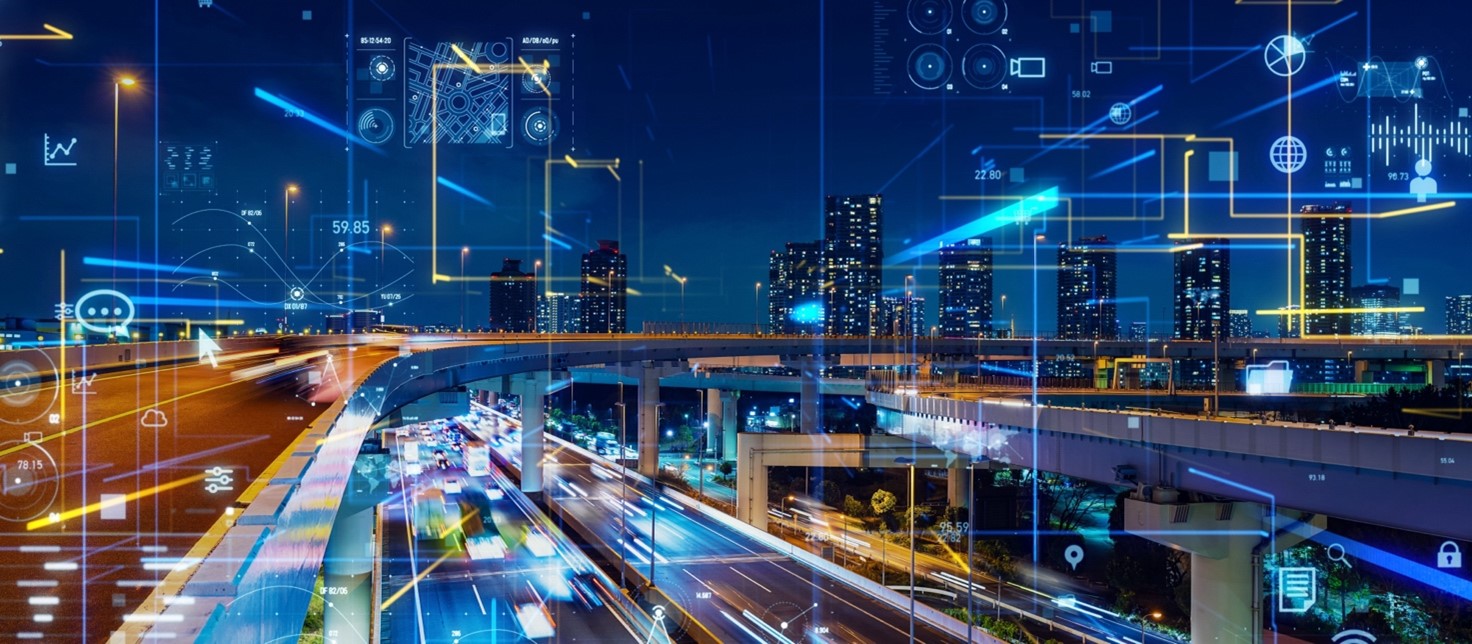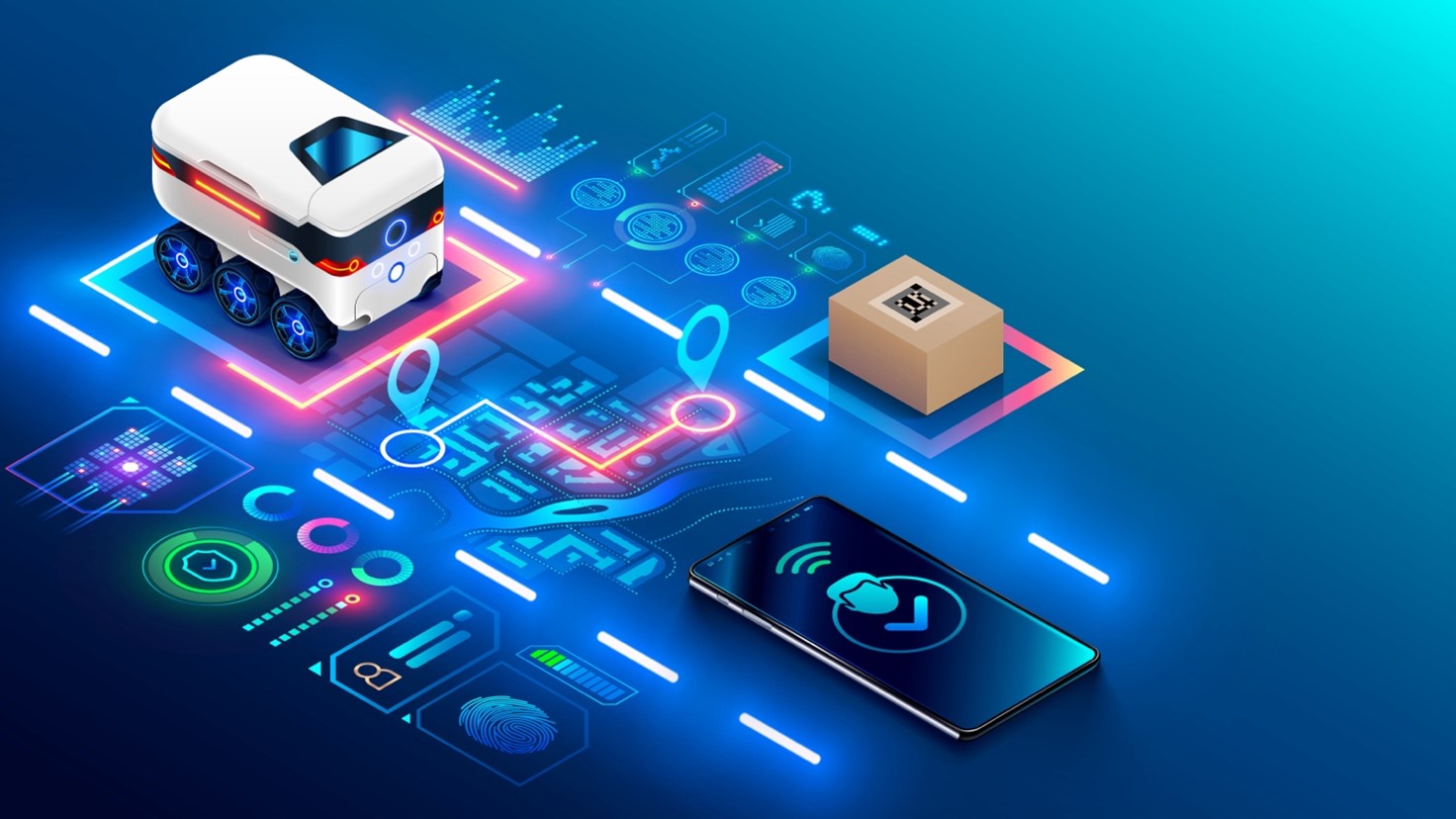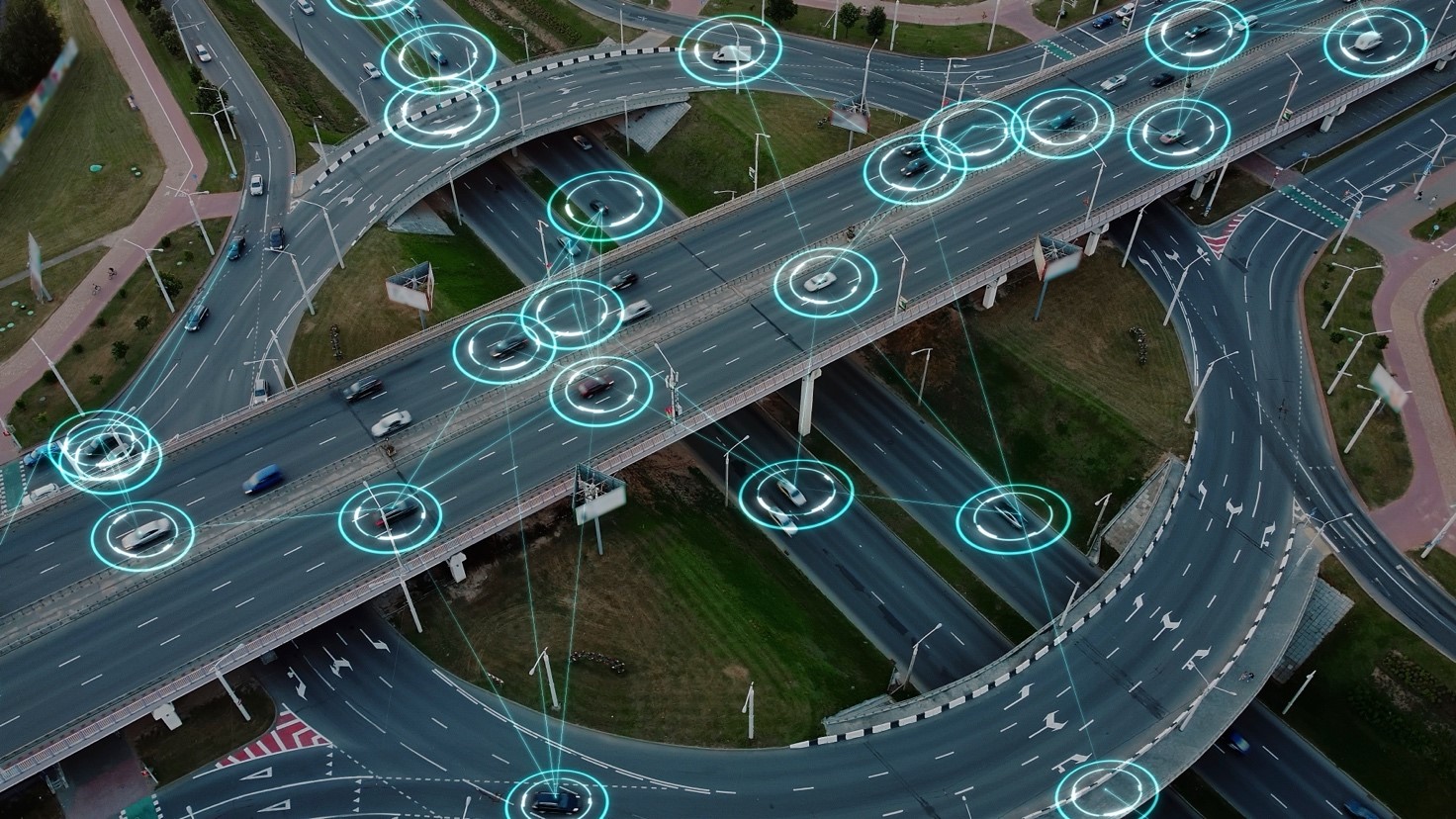The constant increase in global digital connectivity penetration is driving the demand of the smart automative market. According to Statista company, specialized in data gathering and visualization, in 2018 there were 116 million smart vehicles, expected to reach 342.6 million by 2030. Considering these data, local governments, companies, and communities need to get ready to adapt to future changes in mobility by developing new projects and building proper infrastructures. Some major cities, like London (with Smarter London Together project), Amsterdam, with SmartMobility program, Toronto, Dubai and Singapore are still investing in the development of new solutions. Likewise, Turin is making a significant breakthrough in this framework.

The global and European Smart Mobility market
The Smart Mobility market is spreading out at global level. In 2018, the States was the largest market at global level (64 billion revenues) while the Chinese one is showing the highest potential of growth with an expected increase of 18% from 2018 to 2023. According to a report by Intesa SanPaolo about Smart Mobility, the European market is about to grow in the years to come: as of 2023, 106 million smart vehicles are estimated to be in circulation throughout Europe. The most important countries involved in the process, in terms of revenues, are Germany, United Kingdom, France and Italy. Concerning the Italian market 16.9 million smart cars were developed (42%) at the end of last year.
Italian market is growing: +17% in 2023 with 2.9 billion revenues
More specifically, the Italian Smart Mobility Market reached a value of 2.9 billion euros in 2023 (+17% compared to the previous year). A completely unexpected result if compared to other EU countries registering a growth rate between 10% and 20%. According to a research by Osservatorio Connected Car & Mobility from Politecnico di Milano School of Management, connected car solutions are valued at €1.56 billion (+11%), while Advanced Driver Assistance Systems (ADAS) integrated into new models, such as automatic emergency braking or lane-keeping assistance, reach €950 million (+28%) value, while SmartMobility solutions to manage parking and sharing mobility reach 400 million euros value (+18%).
Italian Smart Mobility: what it means and how it works
5.1 million Italian smart cars out of 16.9 million are connected via sim consumer (+19% than 2022) while 1.5 million are connected via fleet management (+25%) and 10.3 million are equipped with box Gps/Gprs for tracking and recording driving data for insurance-related applications. Concerning autonomous driving cars, only 15% of users is willing to use them in the next years. The main reason why the most part of people is in favor of them is because they will be able to do some other activities while on road (43%), they are safe (34%) and they give people the chance of parking easily (29%). Data about local authorities’ responsiveness are encouraging: municipalities, districts and regions are increasing their initiatives. In 2023, 53% of municipalities already started implementing some projects (50% in 2022). Three municipalities out of four (77%) have already launched projects for the 3-year period (2021-2023) with electric mobility (88%) and sharing mobility (72%). New trials will be implemented both for automated driving systems (31%), Air Mobility and Mobility as a Service (Maas 16%). Compared to 2022, initiatives leveraging data to provide citizens with necessary services or share them with other companies have increased (25% +9%). But still, lots of municipalities resort to computing or predictive analysis benefiting from AI algorithms.
From 2021 to 2023, Maas projects (Mobility as a services) were implemented as well. Italian municipalities aim to starting several trials in the field thanks to the NRRP’s funds for MaasS4Itaky project dating back 2023: 16 million euros used for launching pilots projects aimed at increasing the mobility. The most significant MaaS projects are focused on public transportation (30%), parking solutions (24%) and car sharing (18%).
 Smart Roads: the flip side of Smart Mobility:
Smart Roads: the flip side of Smart Mobility:
Smart Mobility’s success relies on having infrastructures capable of fully integrating digital content available to drivers of connected vehicles. It means that Smart Road & Smart Infrastructures are both unavoidable to spreading worldwide the new paradigm for digital and connected mobility. National and international investments show how people are getting more and more aware of the benefits of integrating the latest technologies into physical infrastructures, particularly when meeting the needs of future cities. In the framework of Smart Roads, it is, indeed, believed that out of 258 global projects 141 were launched between 2022-2023. In Italy there have been 19 initiatives over the last three years, showcasing that the country is committed to the field.
Smart Roads in Italy
In the Italian regulatory framework, the concept of Smart Roads was introduced in 2018 where the Ministry of Infrastructure and Transport established the technical Observatory to support both Smart Roads and smart cars with automated driving systems. The Government also had to better outline the path to implementing smart roads by identifying the functional standards related to the new technologies and specifying the different phases of development. The decree aims to make its commitment to prioritizing the intervention on Italian infrastructures, part of the Trans-European Transport Network (TEN-T) by next year. This approach will later extend to the entire network of national highways and roads. By 2030, additional services will be integrated to the EU network program, including smart systems for redirecting data flows and for suggesting smoother strategies. Furthermore, measures will be implemented to regulate the average speed aimed at preventing congestion and managing required elements during travel time.
 The cutting-edge project of Turin municipality
The cutting-edge project of Turin municipality
Among the ongoing projects, the one run by Turin municipality is undoubtedly the most innovative and it is part of the 27 projects in the research, innovation and trials fields promoted and financed by Smart Networks and Services Joint Undertaking. It is about a project launched by the European Union to support technological innovation and environmental sustainability. More specifically, the Italian city aims to become a European testing hub for 5G and 6G technologies, used for automated and connected driving systems, and to find solutions and suitable models to reach EU 2030 goals in terms of environment, energy, and climate change. The main goal of ENVELOPE is to foster the development of testing platforms and large-scale trials to further promote 5G technologies and test 6G ones.
The latter will be applied to urban mobility sector, with a focus on cooperative, autonomous, and connected driving. Turin’s project will focus on testing and demonstrating how to use automated devices, like sensors, to improve road safety. For instance, these vehicles will be capable of reconstructing the dynamics of a car crash in real time or detecting changes in the surrounding environment. Two prototypes will be used for automated and connected driving systems, using 5G and 6G technologies, to test project’s platform. The on-board computer can outline the situation by merging data from HD and LiDAR cameras with RADAR, GPS ultrasounds. The car will, thus, be able to freely circulate by digitally reconstructing the surrounding virtual environment.
 Final thoughts
Final thoughts
The Smart Mobility field is undoubtedly growing: with the advent of new digital devices and new technologies to better analyze data, connectivity is expected to allow car companies to earn more profits, enhancing passengers’ experience and improving safety.
Likewise, providers of technological infrastructures are taking advantage of this new field to increase their revenues. Moreover, the automative sector will positively impact users and drivers’ experience. For instance, AI algorithms will be capable of predicting and optimizing passengers’ needs based on multiple gathered data, like mobile apps, social media, online sale platforms, biometric data and, above all, data from Smart Home IoT and Smart Office. These data will help customize users’ experience and enable new services for their safety and infotainment.





